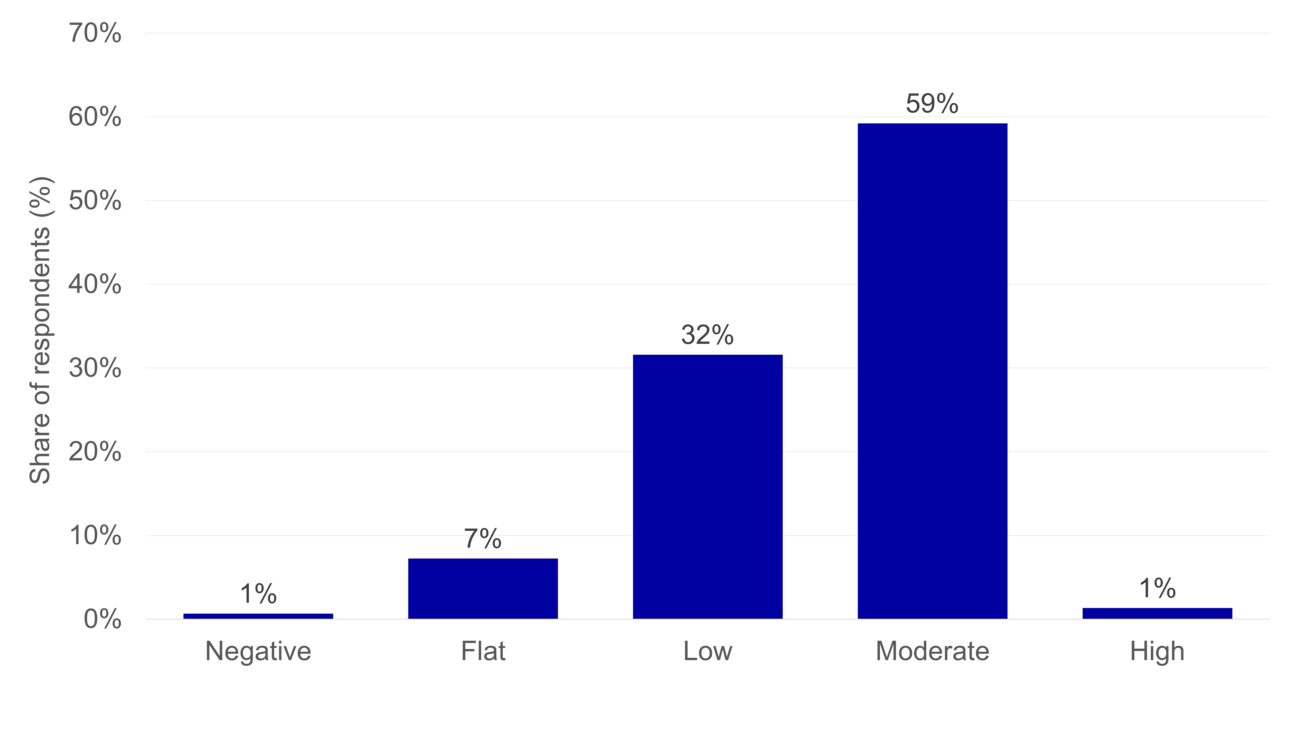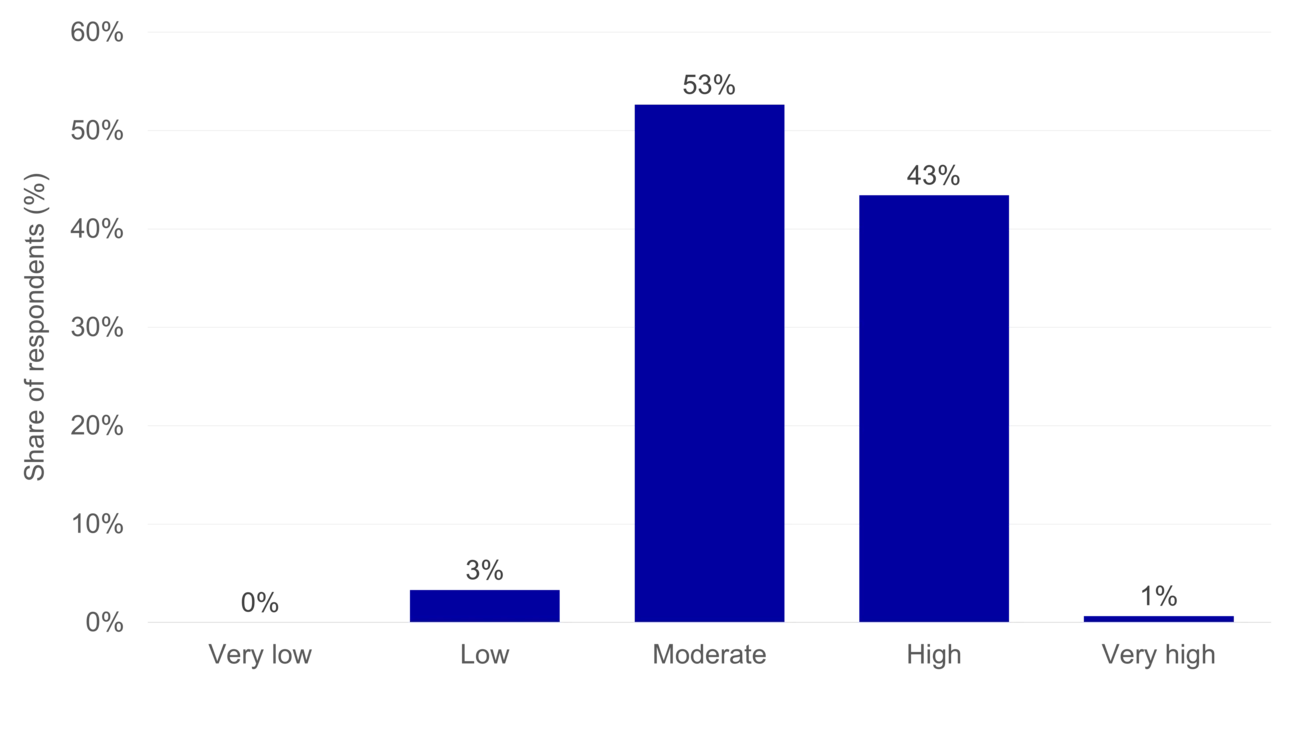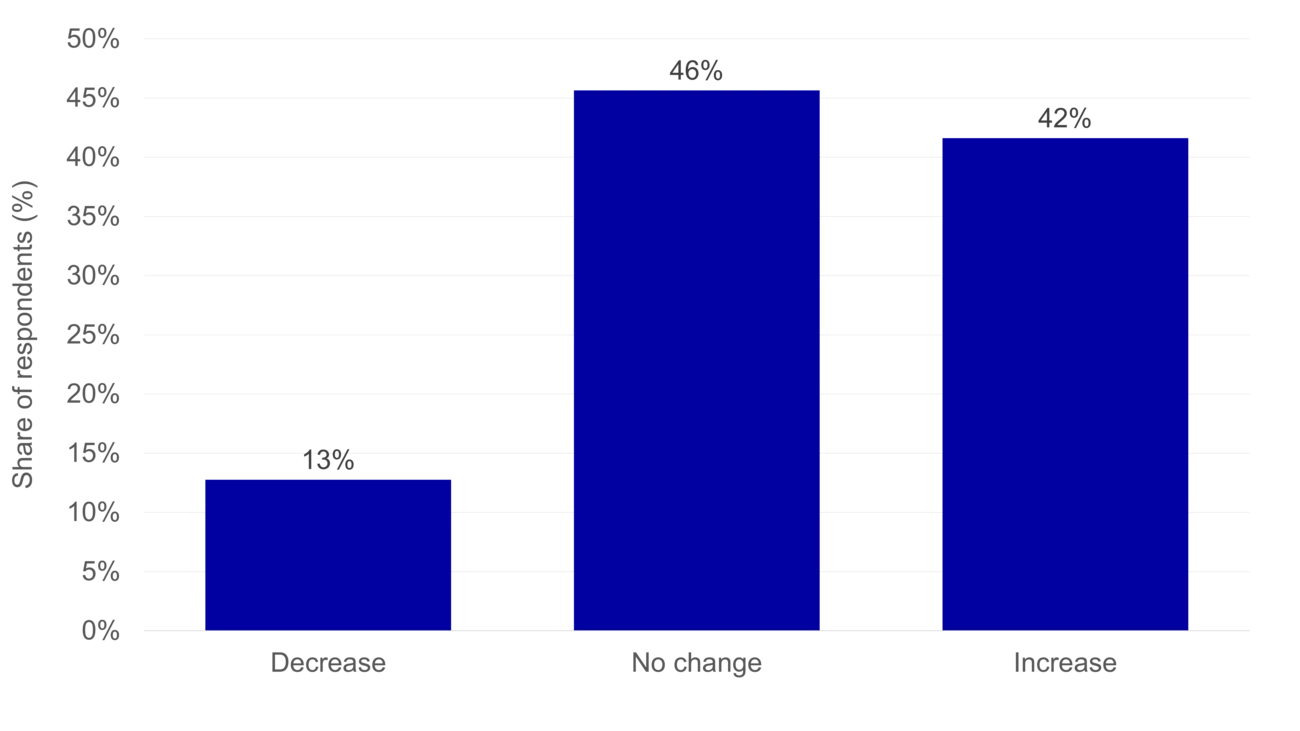Explore more publications from Nordea Thematics
The Nordea Thematics team also produces research for large corporate and institutional customers via the report Nordea On Your Mind.
The research does not contain investment advice and typically covers topics of a strategic and long-term nature, which can affect corporate financial performance.
The themes vary widely, and many are selected from suggestions by customers. Examples include artificial intelligence, wage inflation, M&A, e-commerce, income inequality, ESG, cybersecurity and corporate leverage.















